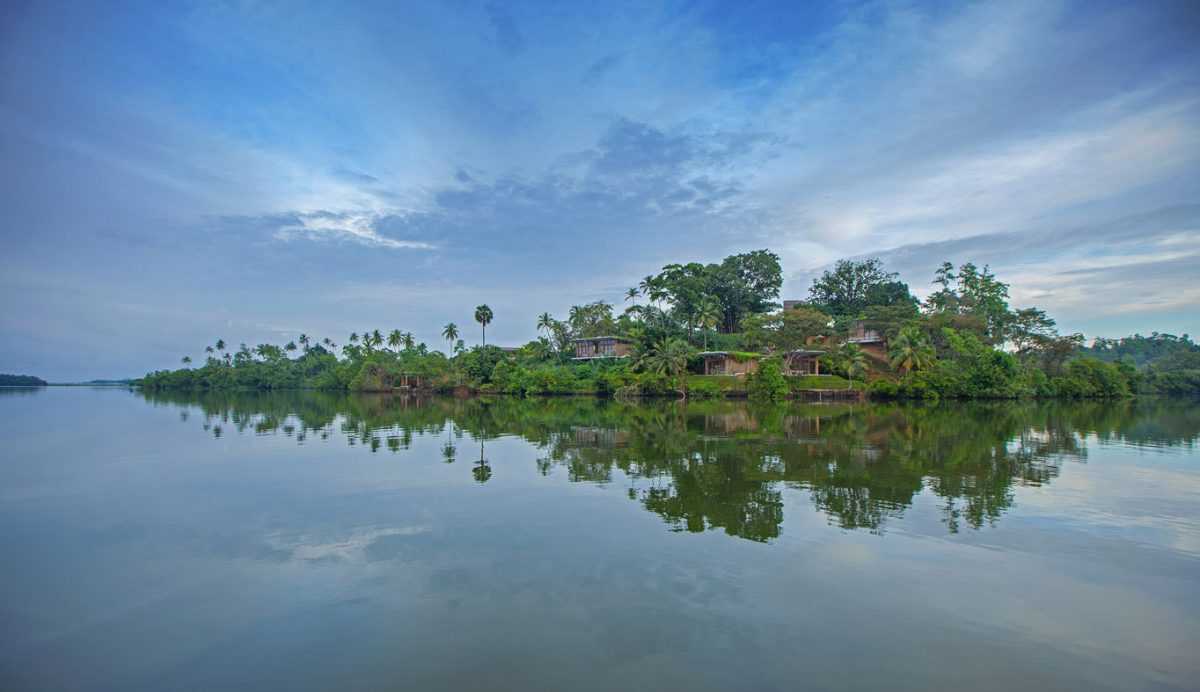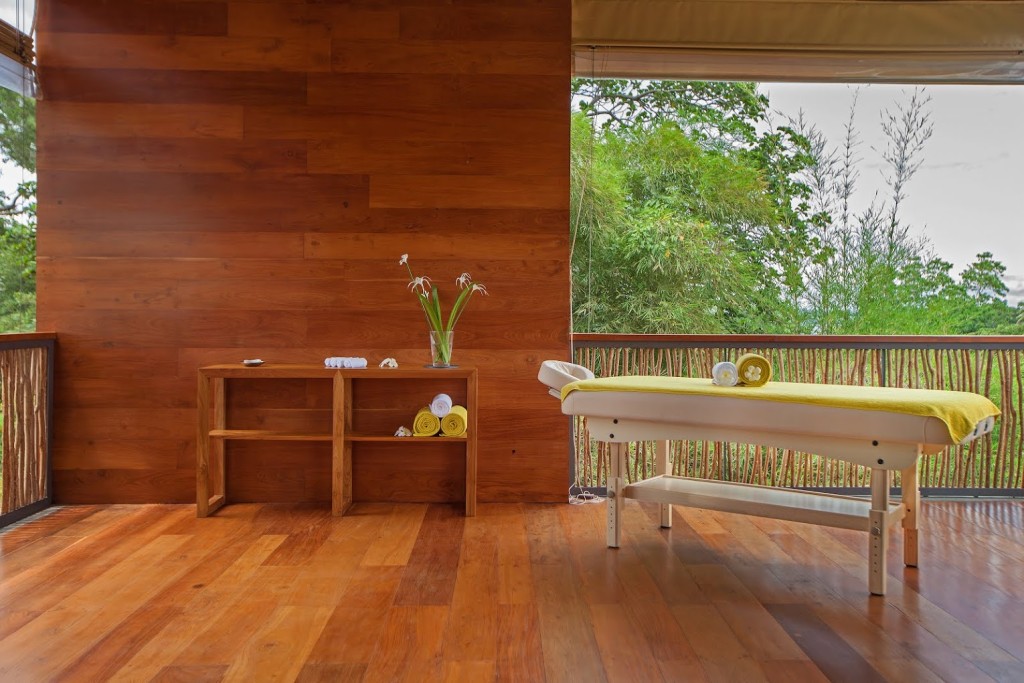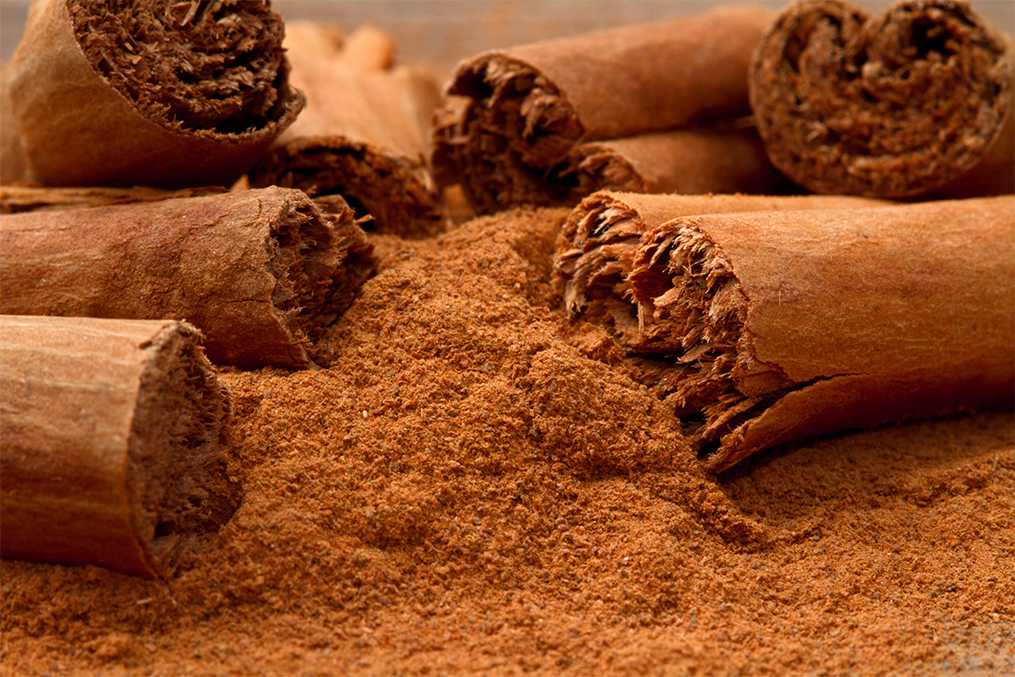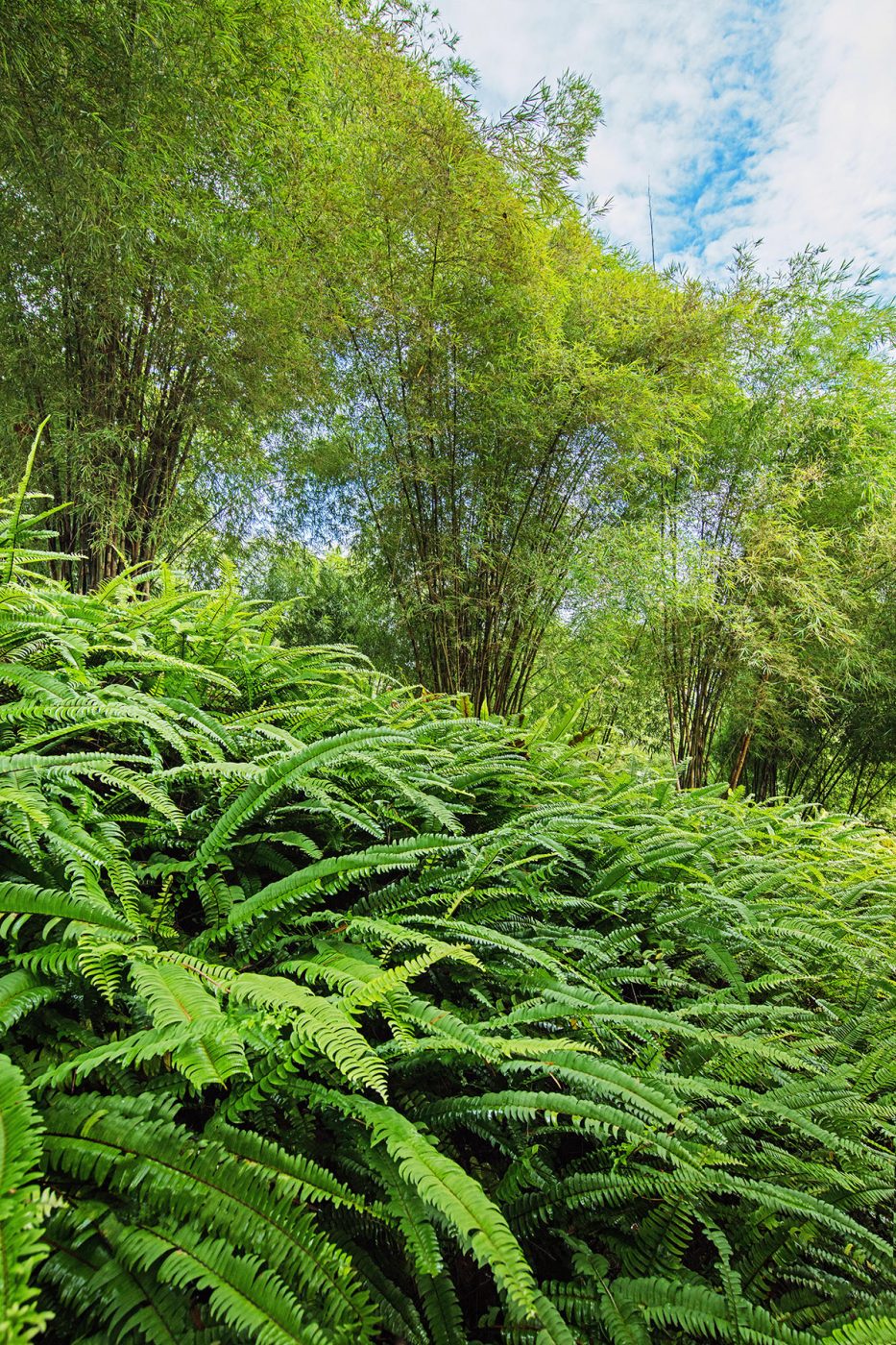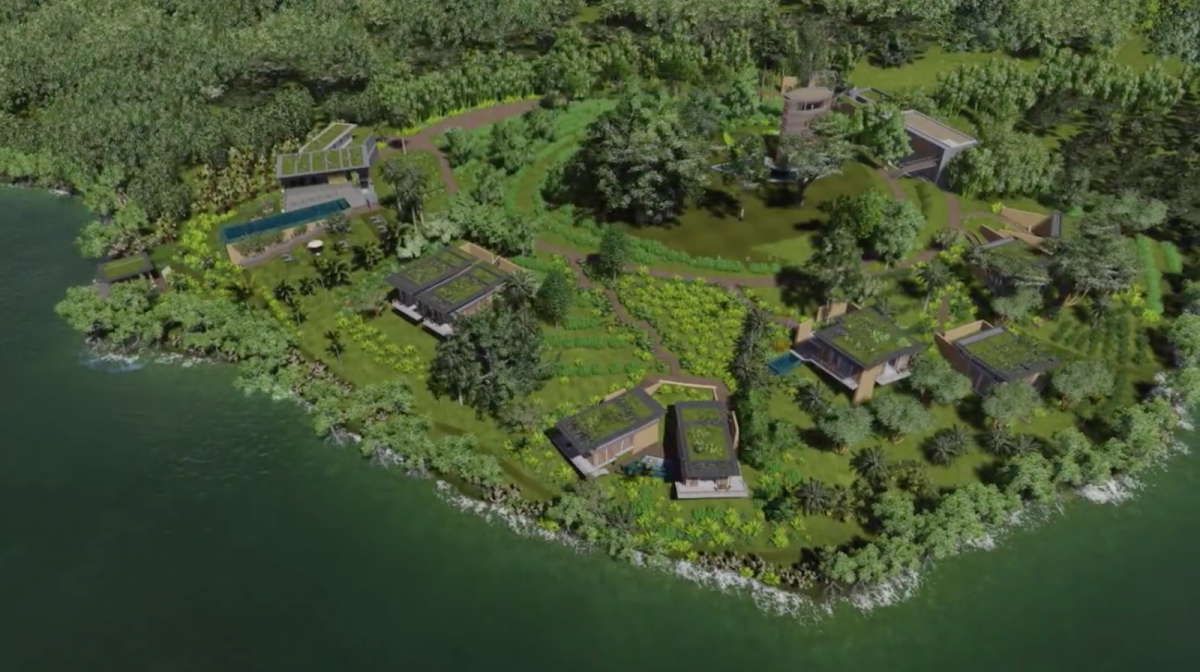Koggala Lake near Koggala in Sri Lanka is a freshwater lagoon which sits 9.8 feet (3 metres) above the sea level near the south coast of Sri Lanka.
Koggala itself is a small coastal town in Galle District in the Southern Province, Sri Lanka. Dotted with lots of mini islands, including Temple Island or Island Buddha Temple which has a Buddhist temple that is a magnet on poya (full moon) days. You can take a tour of the lake with our private dhoni and visit Cinnamon Island. Bordered by jungle and forest this is a landscape rich in wildlife.
A respected air-taxi service is operated by Cinnamon Air which offers daily scheduled flights to Koggala from Bandaranaike International Airport (Colombo International Airport), and their white dual-engine DeHavilland Twin Otter lands right on the water. This air taxi treats passengers to a bird’s-eye view over Koggala and is an excellent gateway to Mirissa, Habaradu, Waweligama, Thalpe, Tangalle and Rekawa.
AN EXTRAORDINARY AIRPORT
Koggala Airport, the oldest in Sri Lanka, has its own interesting history stories to tell. Since the lake was used as a landing point for seaplanes when World War II was in its throes, a fixed water runway was built here and it became the largest flying-boat base in the eastern world. In June 1944, two Sunderlands (RAF flying boat patrol bombers) from Koggala were celebrated when they rescued wounded British Indian special forces from Burma. Next, Koggala played a part for the QEA/Imperial Airways route from London to Sydney. Because of the Japanese occupation of the Malay Peninsula they lost their crucial fuel stop-off point in Singapore and alternative route for Britain–Australia needed to be created at Koggala. A tarmac runway was developed for Air Ceylon after the war and this continued to be hub until 1978. As tranquil as Koggala is today, the current runway is still capable of servicing Sri Lanka Air Force planes.
